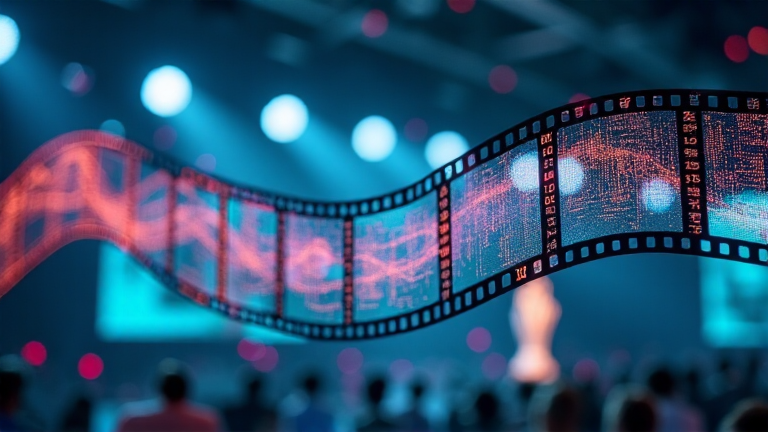
AI in the Oscars: More Than Meets the Eye
In recent discussions, the Academy Awards have been evaluating the implications of artificial intelligence (AI) in filmmaking, with potential regulations requiring future nominees to disclose AI usage. Recent revelations highlight a significant reality: AI's pervasive presence extends well beyond its application in high-profile films, embedding itself deeply in everyday technology and practices.
AI Across the Board
Eight-time Oscar nominee "A Complete Unknown" drew attention when it was revealed that AI tools were employed during its post-production. The disclosure originated from Rising Sun Pictures’ submission for an award recognizing emerging technology at the Visual Effects Society Awards, which also mentioned AI use in James Mangold’s Bob Dylan biopic.
Clarifying the extent of AI’s role, a source noted its application was limited to three minor wide shots involving stunts, without affecting performance or creativity. Such uses, employing AI for stunt double visual consistency, have long been standard in VFX studios worldwide.
Similarly, "Dune: Part Two" employed the machine-learning model Nuke CopyCat, aiming to enhance efficiency by automating a visual effect process standard for its narrative—blue eyes for the Fremen, hinting at the commonplace application of machine-learning to streamline laborious tasks.
AI Disclosure Dilemma
As the Academy sets to review its rules, the call for mandatory AI disclosure in the backdrop of existing AI controversies grows. However, the ubiquitous nature of AI complicates defining its boundaries. Present-day technology, like the AI-infused Apple's neural engines, subtly improves even simple iPhone photographs.
Should technologies augmenting workflows, like AI-driven sound differentiation used in "Avatar: The Way of Water," fall under such scrutiny? The line blurs further when considering software enhancements such as Respeecher, which reflects old practices like Automated Dialogue Replacement (ADR).
Creativity and Generative AI Concerns
Beyond functional usage, the debate intensifies around generative AI, which crafts new data sets from vast existing information. Misunderstandings frequently arise, exemplified by "The Brutalist"—though initially suspected of using MidJourney for architecture designs, the director clarified no AI aided the creative process.
Nevertheless, generative AI produced concept images mimicking 1980s renderings for the film's conception stage, later transformed into hand-drawn art. This raises critical questions about the extent to which artistic departments might be required to declare AI influences.
The Next Step for the Academy
As AI continues to seamlessly integrate into multimedia production, the Academy faces the intricate challenge of defining its role. While transparency in acknowledging AI use is vital, its omnipresence in even routine tools complicates clear-cut policies.
Movie production technologies are evolving rapidly, much like the consumer tech individuals use daily. Therefore, crafting guidelines that balance innovation with artistic integrity remains a formidable yet necessary task.
Note: This publication was rewritten using AI. The content was based on the original source linked above.